KJM K3 Certified JBL & Netflix Projector Review: A crazy amazing entertainment deal
8 min. read
Published on
Read our disclosure page to find out how can you help Windows Report sustain the editorial team. Read more
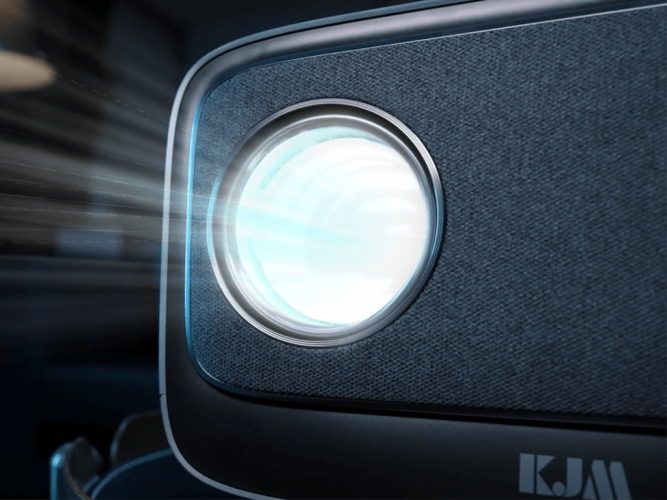
Starting at: $275 (early bird special)
Since the pandemic, I’ve reevaluated the convenience of a traditional glass flat screen tv viewing experience versus the flexibility projector systems offer, and until recently the single prohibitive obstacle to making the modern leap has boiled down to price.
Between the absorbent price of a projector hardware itself, auxiliary sound equipment, projector screens and stands, and dedicated streaming sticks or services, switching to projector viewing experience it typically a costly investment, which was until I reviewed the KJM K3 Certified JBL & Netflix Projector.
Specs
| KJM K3 | |
| HDR Type | HDR10 |
| IR Receiver | Support, 1 in the front and 1 in the back |
| Controller | Bluetooth Controller |
| Noise | 35db@1m |
| Picture Type | JPEG BMP GIF PNG |
| Audio Type | mp3/wav/asf/wmv/divx/mkv/3gp/mp4/mov/m4a/trp/mpeg/mpg
/vob/dat/mka/eac3/web,/ac4/mts/m2ts |
| Video Type | IPS 2.4″ Smart Easy Read Display with color screen |
| Power | Input: 100-240V, 50/60Hz,3A Max: Output: 35V, 6.85A 240W |
| Working Temperature | 0° – 40° |
| Storage Humidity | 30% – 70% RH |
| Working Humidity | 30% – 70% RH |
| Size | PU foaming black |
| Seatpost | 28.2*28* 16.9cm |
| Weight | 4.08KG 8.99LBS |
Design and features
Unlike most home theater projectors in the market currently, the KJM K3 ops for a more natural and inviting design that emphasizes a rounded-corner aesthetic and part fabric material back versus the angular fiber glass and metal construction of most.
The KJM K3 can tend to resemble an oversize Nest Max speaker with a single glowing circular light facing out depending on where it’s positioned in the home. The discreet design allows the mini subwoofer-sized projector to blend into a modern home aesthetic with its two-tone dark grey coloring and minimal lines with relative ease.
As with many other projectors, the KJM K3 tucks its ports in the upper back of the device which houses 2 HDMI, 2 USB-A, USB-C, DC-IN, ethernet jack, 3.3mm audio, and IR receiver.
The KJM K3 doesn’t host very many tactile or manual controls on the device itself, so much of the tweaking and navigation of the projector comes from the included control. However, the first thing the KJM K3 does when plugged in and the lens cap is taken off is auto focus based on distance, projector screen size and suggested clarity.
The autofocus process can take as long as 20 seconds or as few as 3 depending on your own personal set up.
Once focused, the next thing users are greeted with is the overly simplistic Linux-powered menu system that walks viewers through a three-selection prompt journey to setting up their system which the projector stores options in memory.
Once the settings are in place, it’s off to the races with content features that include Netflix, Prime Video and YouTube support out of the box. There are other streaming apps that are included in the content menu but are much smaller in scale and notoriety than the big three such as TikiLive, and TC for kids.
For those who haven’t invested in a streaming stick or just want to use their preferred apps over the ones included with the KJM K3, there is the screen casting feature that connects the projector to a smartphone with a three-button selection. Android, iPhones, Windows and MacOS platforms are all supported and appear instantaneously and present an almost lag free viewing experience.
The smart controller included with the KJM K3 looks like a standard app-enabled handheld with dedicated buttons for quick access to Netflix, YouTube, Prime Video, and casting alongside a four-area navigation wheel as well as buttons for power, Home, and volume.
Another distinguishing feature of the KJM K3 is its actual weight. While the projector is not as light as a pillow, it is surprisingly light for its appearance, enough so that my five-year-old could effortlessly move the device around the house at will. The roughly eight-pound projector evenly distributes its weight between the speaker arrangement and lens design which makes positioning or transitioning the projector around the house, backyard, or park environments pretty easy.
Image and Soud quality
The out-of-the-box set up process for the KJM K3 was about as streamlined as any traditional flat panel TV, which consisted mostly of connecting a power source, attaching a streaming box or stick (if desired) and selecting some settings info from the three prompts that appear in sequential order on the screen.
A lot of projectors opt for Dolby Vision support rather than HDR10 but when using the KJM K3, the slightly upscaled DV support wasn’t missed as the projectors HD10 images were vibrant and as close to DV support one can get without having to tweak and tune their settings out of the box.
Coupled with expansive color gamut and contrast ratio, the KJM K3 also boasts one of the brightest pictures available at 1500 ANSI Lumens for an LCD projector at this price. Watching content in both dark and lit rooms was easy and convenient and didn’t require a secondary light filter or adjustment moment for the KJM K3 as some other projectors may need when transitioning between lighting scenarios.
Admittedly, this is still a projector so daylight viewing is still obscured a bit by outside light and dark scenes can still tend to be washed out when viewing, despite its high Lumens count, but the HDR contrast helps salvage some of that viewing experience.
Some other convenient features of the KJM K3 include its Keystone correction, which is done electronically and, on the fly, to clear up some of the fuzzy edges that can appear when readjusting the distance between the projector and the screen.
In addition to lens correction, another key feature I found very useful was the speed at with the KJM K3 auto focused out of the box are anytime the positioning of the image was affected. Again, with an antsy five-year-old in the house, a projector can get bumped or displaced accidentally, but the KJM K3 was able to auto focus in under 3 seconds to maintain its clear picture throughout viewings.
There are viewing modes in the settings that offer a bit more tweaking that include a Gaming Mode, Sports, and Cinema, but they’re mostly a gradient of shading. The picture quality between the options doesn’t fluctuate much, which would be an issue if the out-of-the-box clarity needed more adjustments.
The KJM K3 is a forward-facing light projector with a large 3.4-inch lens that provides one of the clearest HDR10 supported images out of the box. The image from the KJM K3 can scale from 50 to 200-inch surfaces with a native 1080p resolution.
The biggest selling point of the KJM K3 is its JBL certified audio that delivers, especially when considering the cost of a home audio setup.
In addition to the JBL tuned speaker arrangement, the KJM K3 also supports Dolby Digital sound technology that ramps up the clarity of sounds and offers a facsimile of a three-point surround sound setup. Depending on where the KJM K3 is positioned in a room, viewers can experience a pretty immersive soundscape just from the speakers onboard the projector, however, there is support for 3rd party wired and wireless audio.
The sound from the KJM K3’s Speaker Mode is full and robust. The KJM K3 may lack a bit of the bass as dedicated subs, but it’s more than suitable for a single-family living room viewing experience as well as eliminating any lag that comes from directing video and audio through multiple sources.
Netflix shows like the Witcher, Bodyguard, and Luther: The Fallen Sun were all particularly good test beds for KJM K3 as they fluctuate between light and dark scenes as well as annoyingly soft whispers and loud action arrangements and the KJM K3 handily all with ease.
The biggest downside is the fan noise coming from the KJM K3. It’s loud and noticable when sitting next to the projector. If you happen to be privilaged enough to have the space to position it a few feet away, the fan noise becomes less of an issue.
The air filter in the KJM K3 is relatively thick and may be contributing to the loud fan noise as the projector tries to suck in and vent air through the device’s body.
Summary
When most home projector units’ range between $500 and $3,000, the KJM K3 is a steal with an early bird special price of $279. Even at a normal price of $558, the KJM K3 checks all the basic features list items as well as including some extras such as JBL tuned speakers, auto focus, Dolby Sound support and HDR 10 out of the box.
If you’re looking to replace an aging projector or if this is your first projector, I’d recommend giving this Indiegogo project a look. I’ve managed to use the KJM K3 at a park for my daughters Girl Scouts movie night and at home in various rooms for both gaming and movies.
If you’re considering a living room renovation and replacing your 50 to 60-inch flat screen with something a bit more flexible, the KJM K3 at $279 is a great testing device in my opinion.






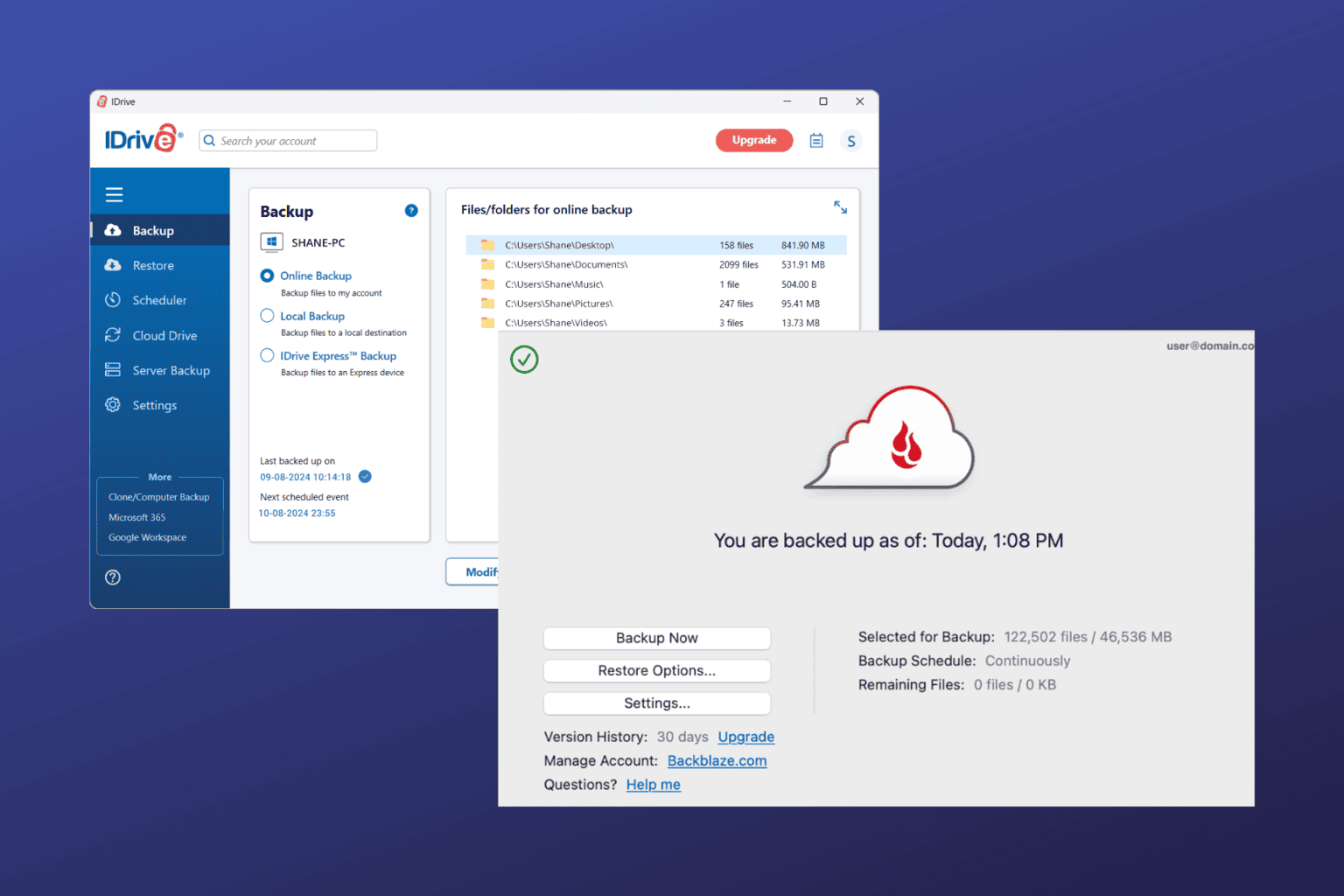




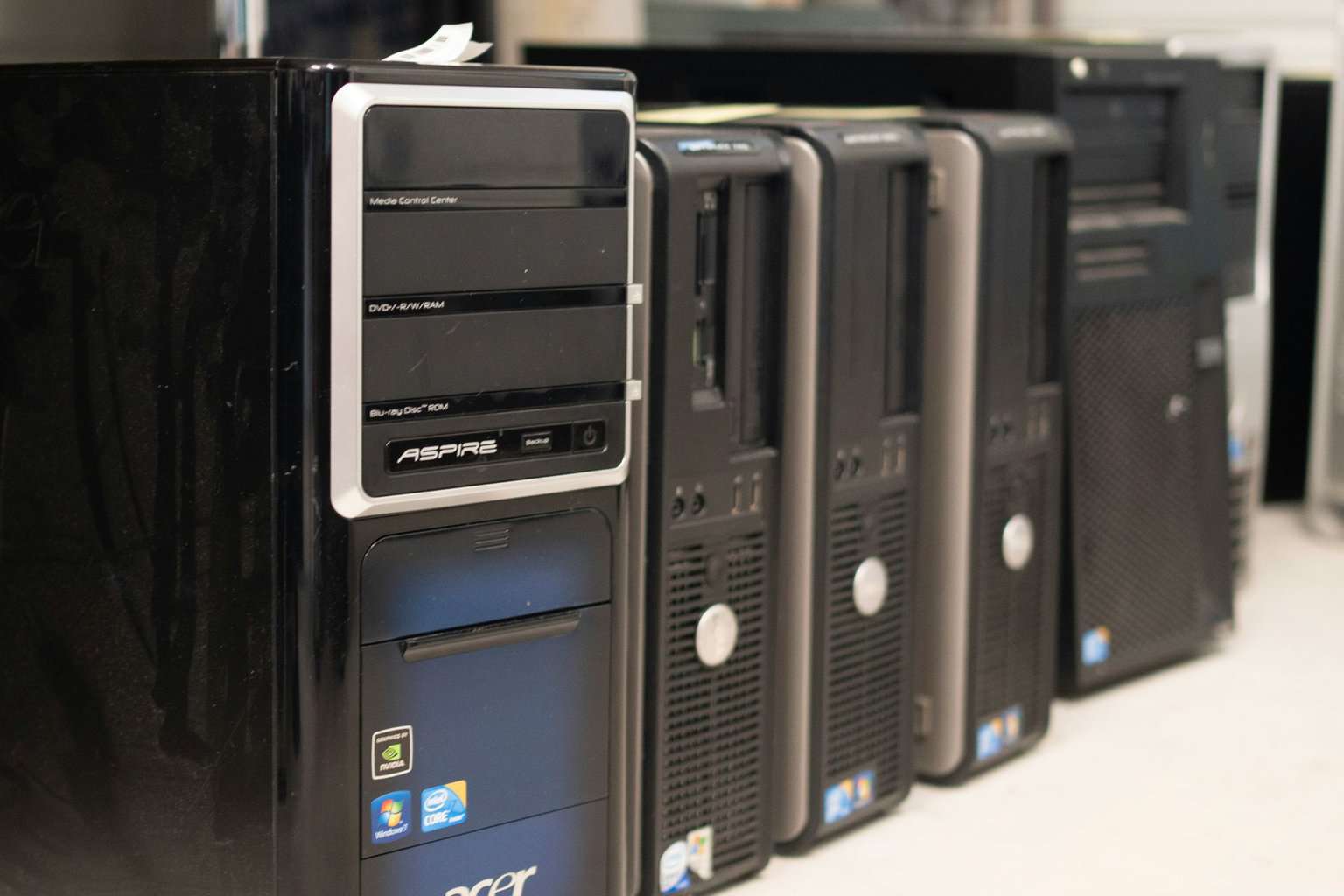
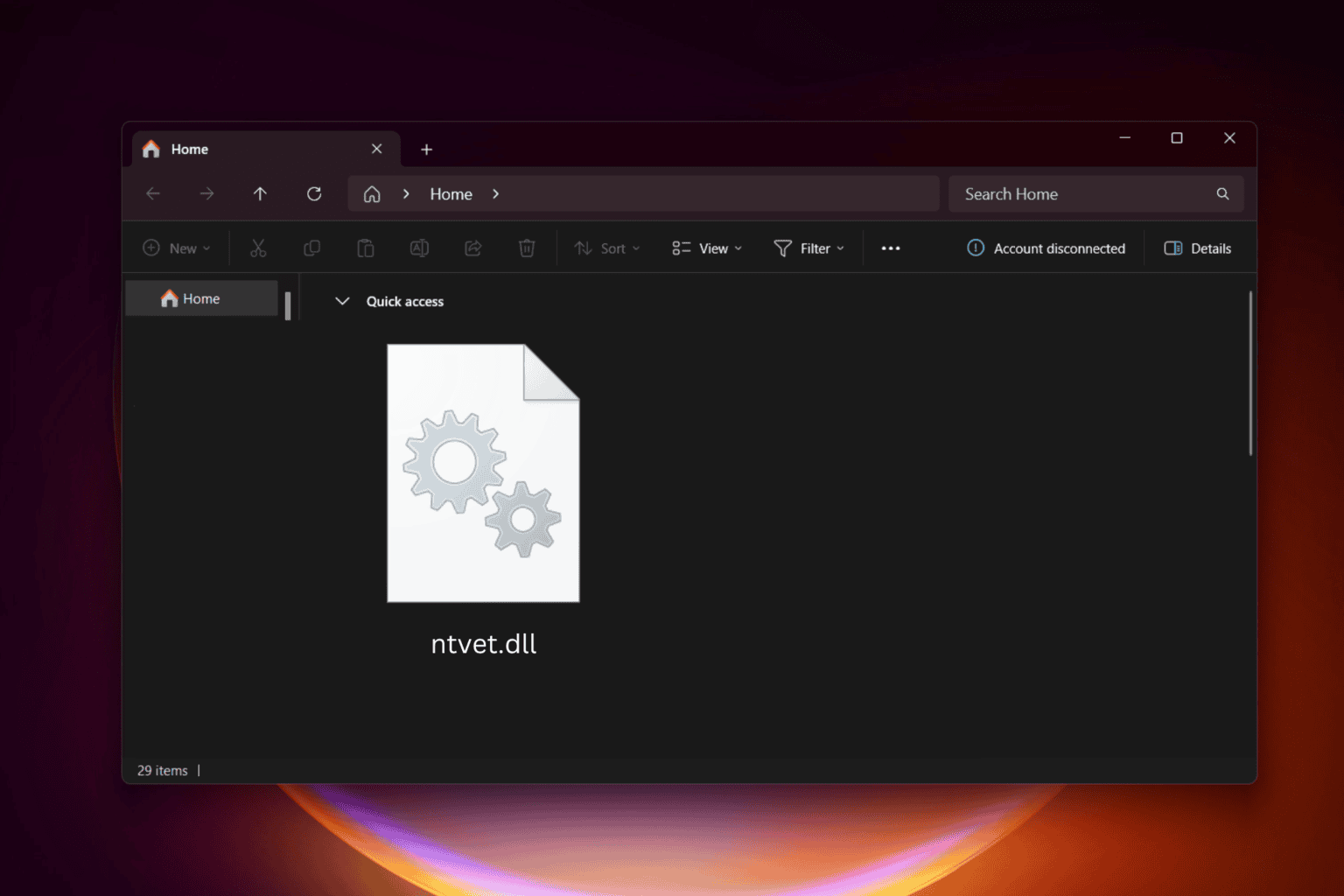
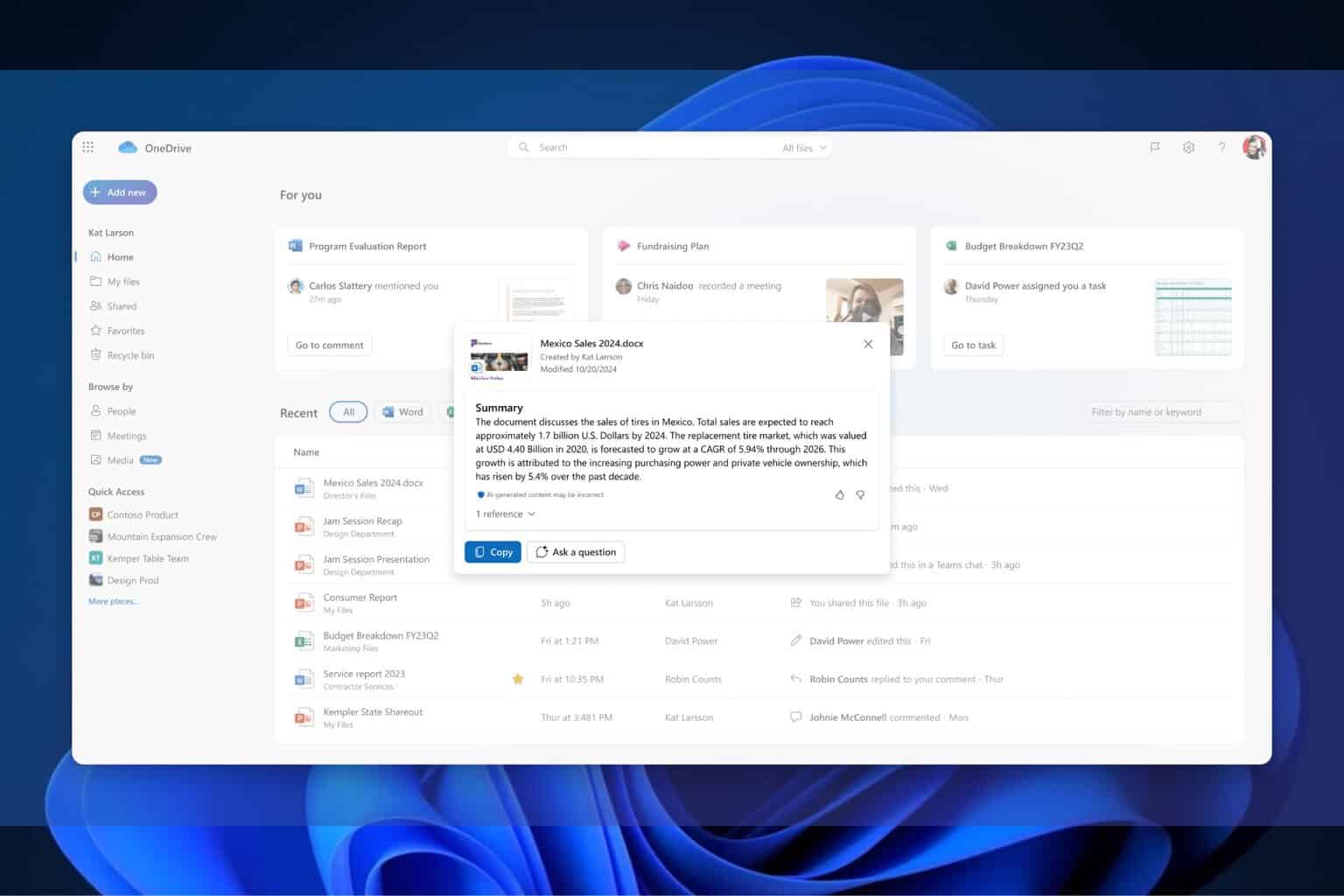
User forum
0 messages